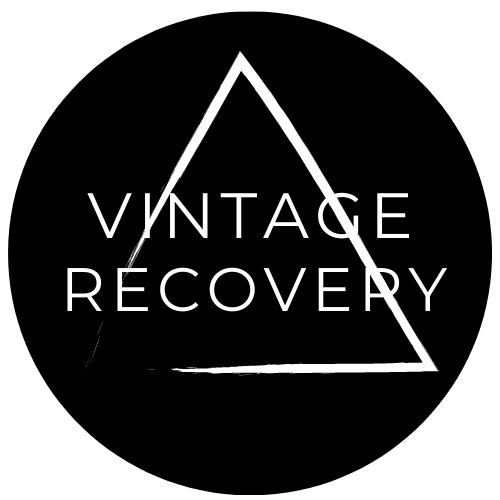
Textile Pollution: Environmental Impact and Sustainable Solutions
Share
The textile industry has woven itself into the fabric of modern society, providing us with clothing, furnishings, and various textiles that shape our daily lives. However, the flip side of this convenience is the significant environmental impact it generates. Textile pollution, encompassing water, air, and soil contamination, has emerged as a pressing concern in today's world. In this blog, we will delve into the depths of textile pollution and explore actionable steps to prevent it, ensuring a cleaner and greener future.
Understanding Textile Pollution
Textile pollution refers to the release of harmful substances and pollutants into the environment during the production, use, and disposal of textiles. From the initial stages of raw material extraction to the final stages of waste disposal, each step in the textile lifecycle contributes to pollution. Key contributors include the extensive use of water, energy, and chemicals during manufacturing, as well as the release of microplastics and hazardous dyes into ecosystems.
Preventing Textile Pollution
Sustainable Material Selection:
Opting for organic and sustainable fibres, such as organic cotton, hemp, and bamboo, can significantly reduce the environmental impact of textile production. These materials require fewer pesticides, fertilisers, and water compared to conventional options.
Eco-friendly Production Processes:
Textile manufacturers should adopt eco-friendly practices like waterless dyeing, which minimises water usage, and closed-loop systems that recycle water and chemicals. Embracing renewable energy sources can also cut down on carbon emissions.
Minimising Chemical Usage:
The excessive use of chemicals in textile processing is a major contributor to pollution. Implementing safer alternatives and reducing chemical usage can prevent toxic substances from entering water bodies and soil.
Microplastic Mitigation:
Synthetic textiles shed microplastics with each wash, ultimately reaching oceans and marine life. Using a Guppyfriend bag or installing filters on washing machines can capture these microplastics, preventing their release into waterways.
Sustainable Fashion Choices:
Consumers play a vital role in preventing textile pollution. Opting for quality over quantity, supporting eco-conscious brands, and practicing responsible clothing care (e.g., washing in cold water, air-drying) can extend the lifespan of textiles and reduce demand for fast fashion.
Recycling and Upcycling:
Encouraging the recycling and upcycling of textiles can divert them from landfills and reduce the need for virgin materials. Old clothing can be repurposed into new items or used as insulation material.
Proper Disposal:
When textiles reach the end of their life, proper disposal is essential. Donation to charities, textile recycling facilities, or using clothing drop-off points can keep textiles out of landfills.
Circular Fashion Models:
Brands can adopt circular fashion models, where garments are designed for durability, repairability, and recyclability. This approach reduces waste and minimizes the environmental impact of textile production.
Textile pollution is a complex issue that demands collective action from everyone, including manufacturers, consumers, and policymakers. By making sustainable choices throughout the textile lifecycle, we can significantly reduce the environmental footprint of this industry. Embracing eco-friendly materials, production processes, and consumer behaviours can stitch together a more sustainable and cleaner future, ensuring that our love for textiles does not come at the cost of our planet's well-being.
